A warning for the Steam Deck: Remember the Steam Machines
Valve has created its fair share of hardware to date, and not all of it super successful. Here's a history lesson on them all.
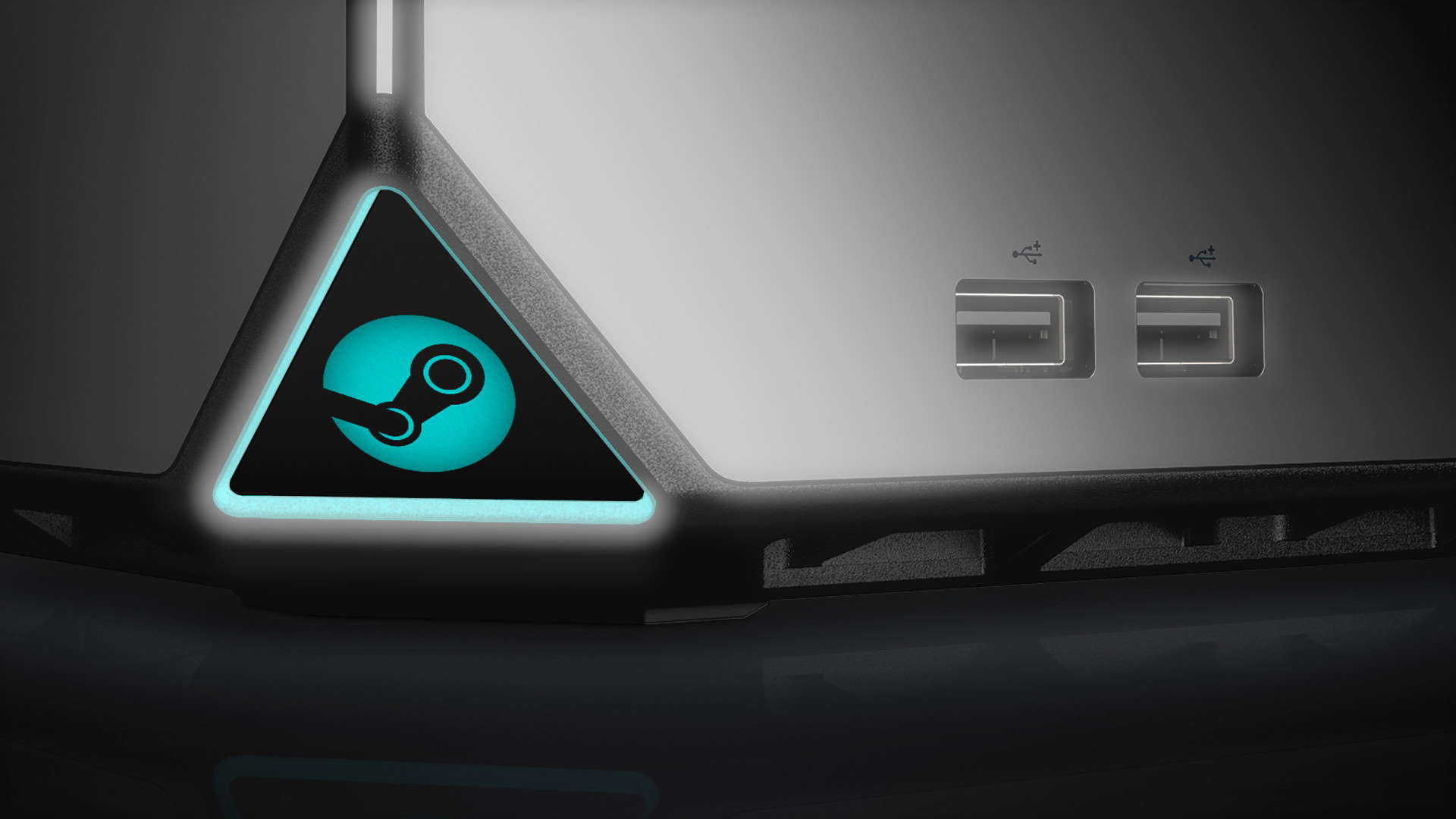
I'm sure it hasn't escaped your attention that Valve has announced its latest foray into the PC hardware world, the Steam Deck. It's a handheld gaming PC, running its own version of the SteamOS, and is proving somewhat divisive among the PC Gamer team. This isn't Valve's first hardware rodeo, however, as the creator of Gordon Freeman and Steam itself has also readily turned its hand to tech in recent times.
Admittedly to lesser or greater levels of success. But let's be charitable and start with what Valve has excelled at: VR.
Valve Index

Valve Index
The best examples of Valve as a hardware manufacturer are undoubtedly its virtual reality headsets. You might think of Oculus as the company which kicked it off, and may even rule the roost thanks to its affordable and versatile Quest 2, but if you want the absolute pinnacle of PC VR, it's the Valve Index you want.
The Index is a stunning bit of kit. Beautifully made, robust, well-fitting, and visually arresting when its panels are plumb right in front of your eyeballs. Sure it's expensive, but it is also a perfect mix of VR ergonomics (necessity for a tethered connection aside) and style. And those knuckle controllers are just perfect too, tracking your fingers so beautifully without you even having to grip anything.
Even the audio is astounding. Those off-ear personal speakers were initially a thing of ridicule until we actually had the Index on our heads, then it all made sense. Through some aural magic, the audio experience is outstanding, without bleeding out into the wider room, or wrapping your ears in foam or PU leather.
HTC Vive
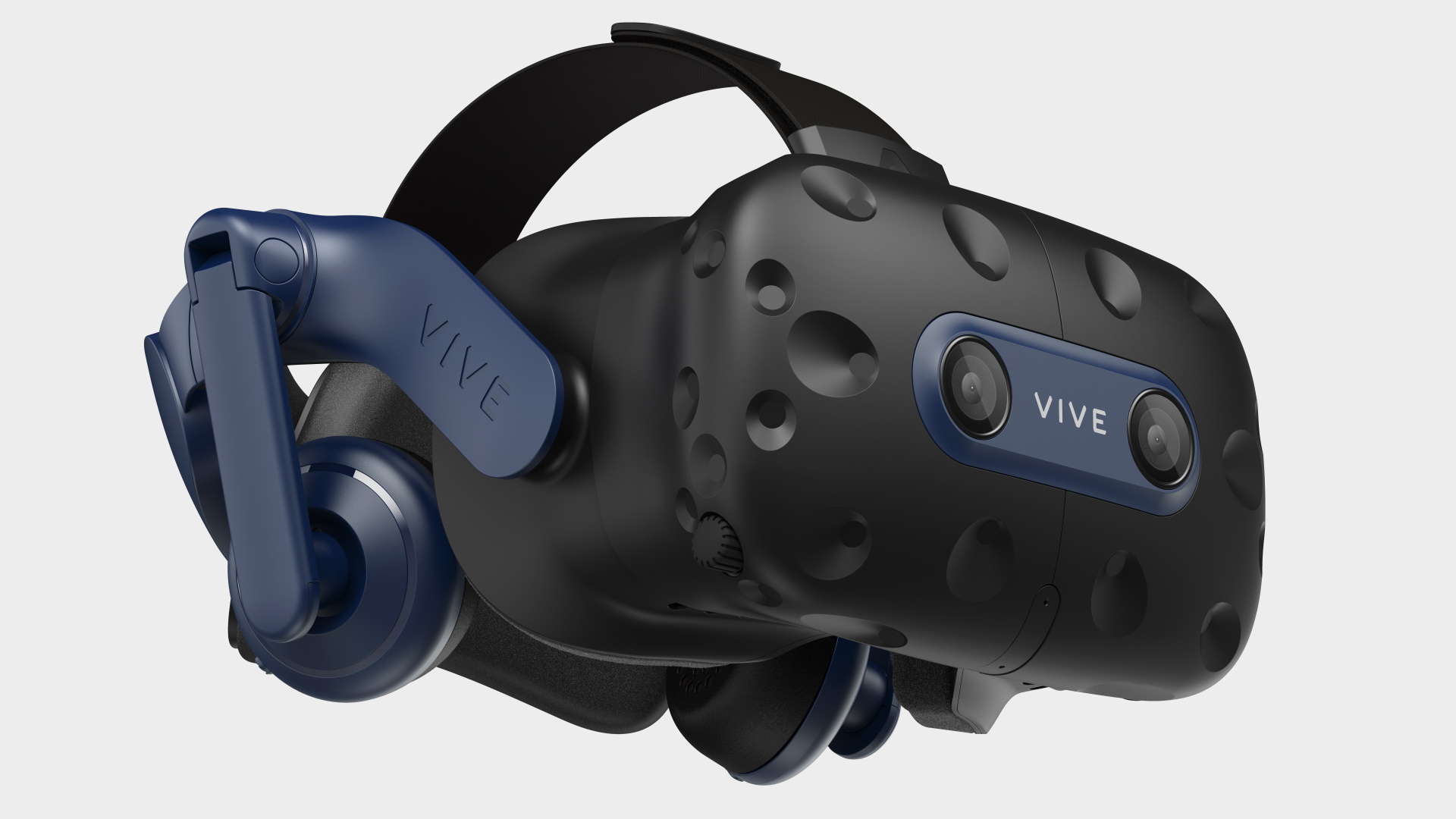
HTC Vive
The Vive was the first virtual reality headset Valve had a hand in. It was manufactured by HTC but used Valve's technology, after a long period of prototyping by Gabe's gang. And it was a great high-end headset of the time.
It was clunky and awkward to set up even then, but it delivered a great VR gaming experience and those first-gen controllers set the stage for the Index's fantastic controllers.
Keep up to date with the most important stories and the best deals, as picked by the PC Gamer team.
Again, the full package was expensive, and made the Vive a very niche product, even within such a niche market as virtual reality. But there's no denying that it was a very successful piece of tech work by Valve.
Steam Machines
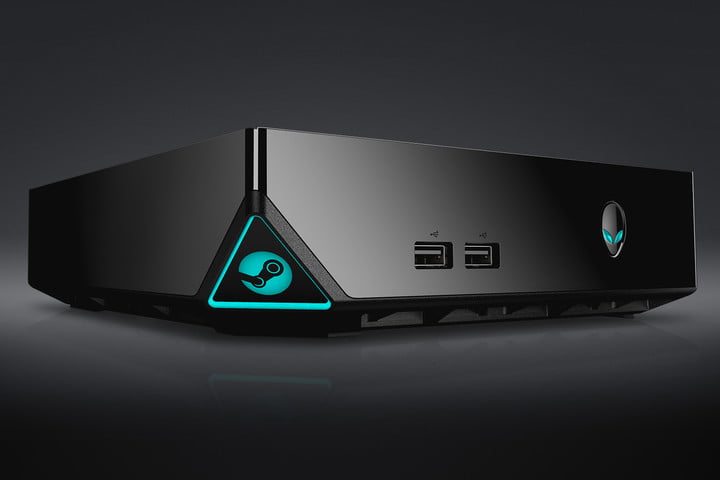
Steam Machines
And this is where things go wrong. The Deck is arguably the latest Steam Machine, but the original ethos was for Valve to create the essential PC living room console. Based on its own fork of the Debian Linux distro, the Steam Machines ran the first iteration of SteamOS. Well, some of them did.
Unfortunately, there was a long gap between the announcement and the final release of the first Steam Machines, and when Alienware eventually released its Alpha units they didn't actually come with SteamOS as it wasn't seen as fit for human consumption just yet. But then, neither did Falcon Northwest or Origin PC.
The idea was neat though. Have a simple gaming PC that sits under your TV and boots directly into SteamOS and Big Picture Mode, thereby giving you a living room console that plays PC games. Unfortunately, the limitations of a SteamOS without the recent Proton compatibility innovations made for a living room console that wouldn't play 90% of the games already sitting in your Steam library.
The Steam Machines realistically never got going and were removed even from the Steam Store after a few years. Obviously part of the issue was that Linux was far from ready for mainstream gaming acceptance, but also because Valve had to encourage the wider ecosystem first, garnering support from key manufacturers who struggled to see a return on the investment they made.
That's arguably why Valve has opted to make the Deck itself first, hoping that is what encourages other PC manufacturers to take the plunge with handheld gaming PC sporting SteamOS 3.0, itself now based on a fork of a different Linux distro, Arch. Which means there's almost nothing left of Steam Machines.
Except...
Steam Controller
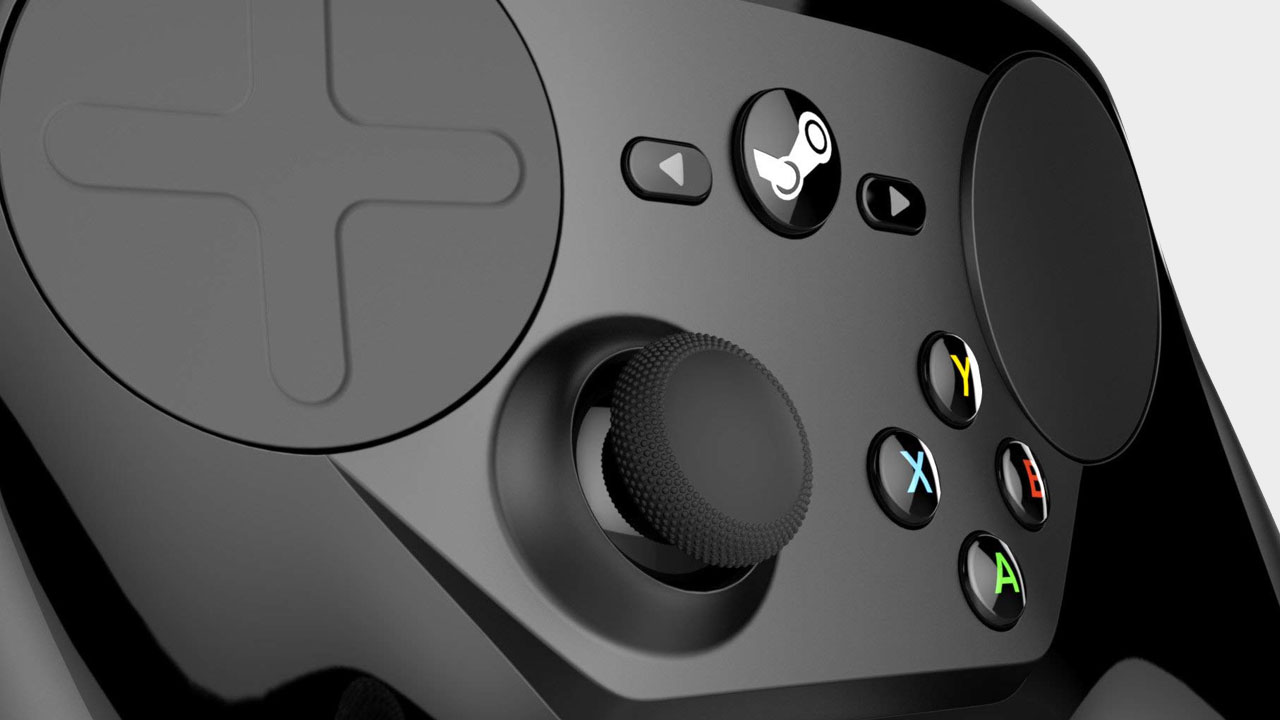
Steam Controller
Alongside the Steam Machines, Valve developed its own controller specifically designed for use with PC games from the couch. I actually quite liked the prototype controller when I first tried it out at the pre-CES unveiling of the first Steam Machines.
Unfortunately, the final release of the device felt very far removed from my first experience with the Steam Controller. The idea of haptic thumbpads was innovative, and they have made a return either side of the Deck's screen, but on a controller in the place of an actual analogue thumbstick was a step too far.
It meant there was a staggeringly steep learning curve to gaming with the new controller, which I could not get behind. There are many, who I'm sure will appear in the comments, who will defend the Steam Controller and its thumbpads to the grave, claiming that you just need to 'git gud' and then you will appreciate it.
But they're wrong.
It's not just the pads that make using the Steam Controller a mostly unpleasant experience, the build quality feels like a sub-$10 Amazon joypad. It feels hollow, with poorly machined, sharp-edged plastic, and the button feel is really not my cup of tea, Earl Grey, hot.
Steam Link
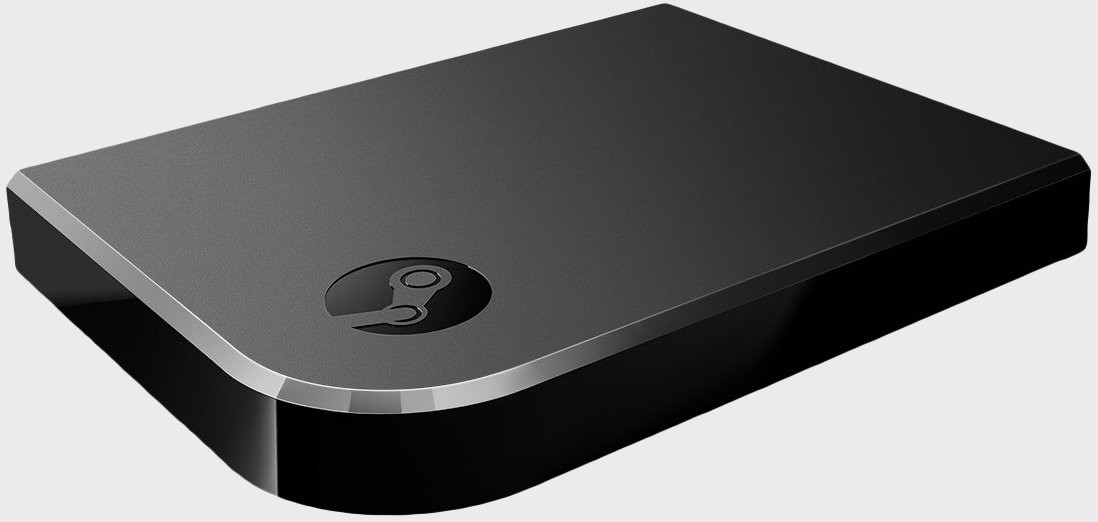
Steam Link
The Steam Link is something I'm kind of on the fence about. It was a streaming box designed purely to link up to a gaming PC and take the games into your living room via the power of your home network.
For a start, I don't think it's good. The hardware itself is pretty poor; using some low-rent Marvell networking chip that struggled to be able to deliver the inputs from your controller at the same time as streaming anything above 720p from your gaming PC. I actually had a better experience with a bare Raspberry Pi board and Steam In-Home Streaming.
But it was cheap. And that made it a lot more palatable than the oft-delayed Steam Machines, and meant existing PC gamers could essentially have that living room PC console experience without having to buy a whole other PC.
The downside is that Nvidia made something far superior in the Shield. It's a powerful streaming box, possibly the best Android-based box around, and makes streaming your gaming PC into your living room so much easier, and better looking too. But it's more expensive and limited to the 70% of PC gamers who run Nvidia graphics cards in their main rigs.
The Steam Link was discontinued back in 2018, but the Shield is still going strong.
So, it's a bit of a chequered history for Valve and its hardware experiments. On the one hand you have the Index, which I love, and on the other the Steam Machine and Controller combo, which I have always loathed. Will the Deck be more of one or the other?
Personally, I'm of the opinion that it will end up a lot like the Index. Which is a great device in and of itself, but of such niche utility that few gamers you know will have one they use on the regular. The Deck looks like it's a neat piece of raw hardware, I'm just not convinced that it's got anything but a very limited appeal.
How very PC. How very Valve.

Dave has been gaming since the days of Zaxxon and Lady Bug on the Colecovision, and code books for the Commodore Vic 20 (Death Race 2000!). He built his first gaming PC at the tender age of 16, and finally finished bug-fixing the Cyrix-based system around a year later. When he dropped it out of the window. He first started writing for Official PlayStation Magazine and Xbox World many decades ago, then moved onto PC Format full-time, then PC Gamer, TechRadar, and T3 among others. Now he's back, writing about the nightmarish graphics card market, CPUs with more cores than sense, gaming laptops hotter than the sun, and SSDs more capacious than a Cybertruck.


